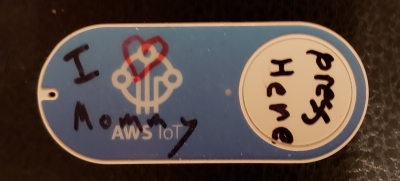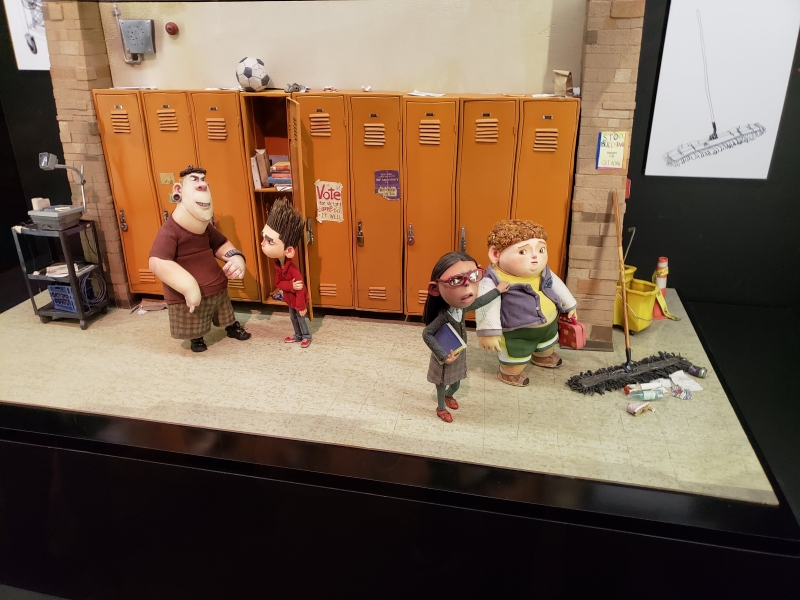Leadership Agile
Do Agile Software and Agile Management Practices Equate to Communism?
Posted on .I bring this up because it's something that I've heard a few times over the years (including recently) and I think it's worth examining the hidden anxiety behind this statement.
On one level, agile is not anything like communism. Agile practices extend some of the decision making in business to people close to the problem, people who will do the work. In this way, it's much more like a capitalist/democratic system than a communist/authoritarian model. In democracies individuals have agency/a vote/influence in the system (just like agile) and in capitalism individuals/businesses control the means of production and what work gets done, not a central authority (just like agile).
Looked at in this way, the answer to the question above is clearly 'No'. Agile equates to democracy and looks nothing like communist/authoritarian systems. But this doesn't get at the anxiety, which I think is important.
Why the comparison? Why do people say "Agile = Communism"
I think it's because in traditional businesses (a key feature of capitalism) the democratic principles of society don't extend inside the business. Inside the business the business owner and their appointed managers run the business and make key decisions. The businesses themselves demonstrate the authoritarian characteristics that the rest of society does not.
Looking at in this light, I think the anxiety could be expressed thus, "Agile is not like traditional business management and that makes me nervous. So, I will express my fear by equating it to something that also doesn't look like traditional business/capitalism, which is communism."
This fear is not unreasonable. Agile is different. It does distribute decision making differently. I think that it is hard to relinquish control and you should expect this type of reaction to change, as you should expect this reaction to ANY change at all. It's just one more manifestation of anxiety around change.
So, where does that leave you?
Understanding doesn't mean accepting. You understand the anxiety to facilitate the change, not give in to the resistors.
We've seen that the pace of change in life and business is accelerating. Predict and control structures become outdated too quickly. Your prediction will now almost certainly wrong because the assumptions that underlie your prediction lose their currency quite quickly.
Why rely on the assumptions of one person? Why not have a high functioning team working together? In this way, agile can be part of the antidote to the anxiety.
You (and your leadership team) need smart people working on effective teams with the ability to execute. Whether you call it Agile Management Practices or Holocracy or something else, it makes sense when the world changes quickly.
Of course, individual business owners and leaders are free to make decisions to run their companies in whatever way they see fit, that is capitalism.
But, as a leader, don't you want to hire the best people and get the most out of them? Empowering them is one way to do that. It does require you to let go of some control. And it does require you to have enough governance to ensure people don't bet the farm or the business without oversight.
But after that, you WANT people to feel ownership and make decisions. It's going to make them more loyal, successful employees, and it is going to help your business be more effective in the long run.



